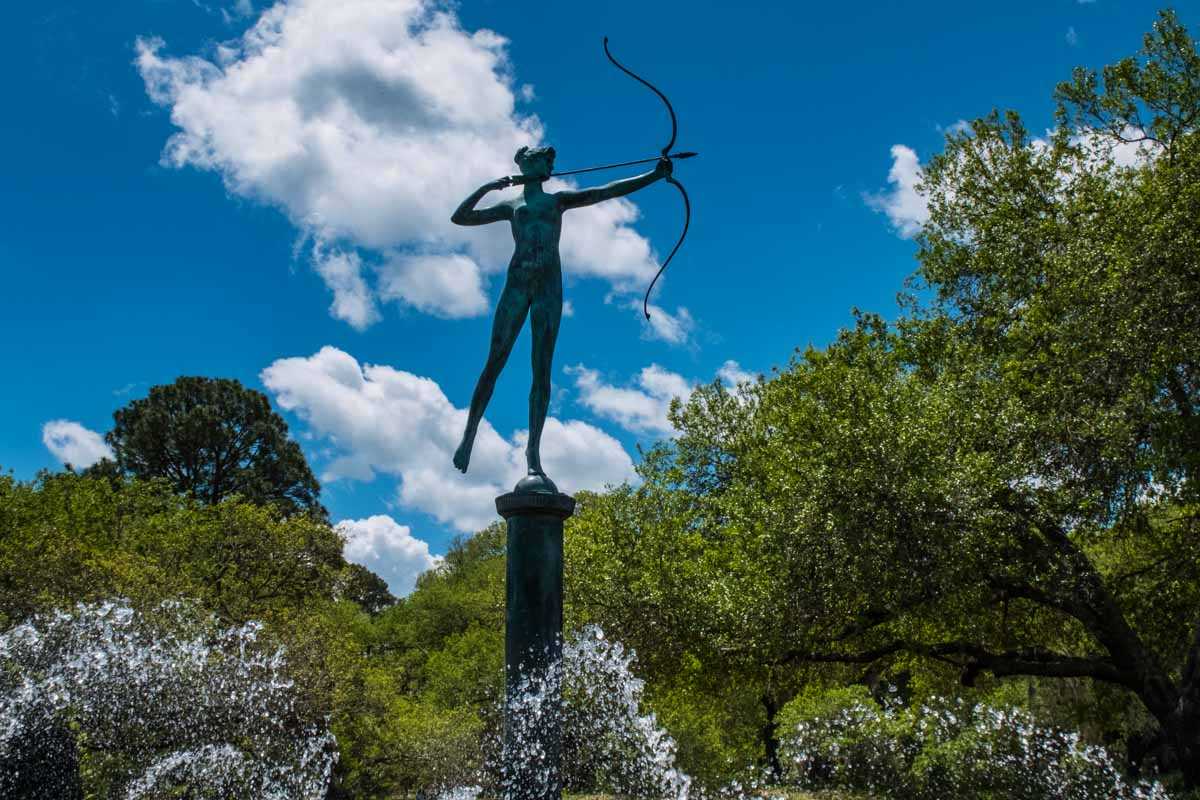
When it comes to the attractions of the Myrtle Beach, South Carolina area, I'd have to list my favorite as Brookgreen Gardens Sculpture Garden, a National Historic Landmark in nearby Murrells Inlet, SC, situated between the Waccamaw River and the Atlantic Ocean.
Now I like pancake houses and miniature golf as much as the next guy–and Myrtle Beach and the South Carolina Grand Strand area seems to have more than its share of those sorts of amusements–but you all know that Kris and I are real suckers for art. Especially when the display of that art is so unexpected, refreshing, and new to us. Because, honestly, we'd never heard of all the American sculptors whose work is displayed at Brookgreen Gardens, and we were so glad to make the introductions.
Brookgreen Gardens was founded by railroad heir Archer Milton Huntington and his wife Anna Hyatt Huntington to feature sculptures by Anna and her sister, Harriet Randolph Hyatt Mayor. The sisters made sure the works of other significant American sculptors were also included in the collection. (You can see photos of many of the works, and learn at least the names of some of the sculptors from the photos below.)
Brookgreen Gardens was opened in 1932, and is built on four former rice plantations. It takes its name from one of the original four, the Brookgreen Plantation. It is the first public sculpture garden in the United States and has the largest collection of figurative sculpture by American artists in an outdoor setting in the world. It is also a nature and historical preserve with a small zoo and a nature exhibition center.
The sculpture collection section covers 551 acres (223 hectares) and shows over 2,000 works by 425 artists. The art is almost exclusively figurative art–that is, human and animal figures from nature, history, and mythology. Garden paths link the sculptures in their distinctive garden, fountain, and landscape settings.
(I'm especially fond of figures from the classical mythology field, being the classics geek that I am.)
There are also indoor galleries, such as those in the Rainey Sculpture Pavilion, that present exhibits of smaller sculptures, as well as paintings, etchings, and other artworks.
The cultivated gardens cover about 1600 acres (650 hectares.) The gardens were listed on the National Register of Historic Places in 1978.
Among the features of the gardens are the Live Oak Allée, which is comprised of 250 year-old Live Oak trees that were planted in the early 1700s back when the grounds were still rice plantations.
The so-called Butterfly Garden includes the Dorothy P. Peace Garden Room for Children and the Kitchen Garden. The Carolina Terrace Garden has an array of perennials, roses, shrubs and mature trees.
The Palmetto Garden, named for the use of Sabal palmetto, South Carolina's state tree, was completed in 1950. The Fountain of the Muses Garden, one of my favorites pictured below, displays the sculpture of the same name and enhances the sculptures wonderful whimsy.
There's also a section of the property called the Lowcountry Trail that traverses through several ecosystems in nature reserves on the property.
The Lowcountry Trail crosses the hillside overlooking Mainfield, a restored rice field of the former Brookgreen Plantation. The trail leads to the site of the Plantation's old slave village. Archaeological digs have revealed the remains of four structures on the hillside: the site of the overseer's residence, and its kitchen, smokehouse and another building closer to the edge of the rice field. Along the trail there are didactic panels that describe life on a rice plantation. Four stainless steel sculptures representing the plantation owner, the overseer, and and male and female slaves are placed along the trail. These figures, created in stainless steel by Babette Bloch, draw visitors along the trail and help reveal the story about each one's role in the system of a Lowcountry plantation.
Also on site is the Lowcountry Zoo, which has the mission of preserving the native wildlife of the South Carolina lowcountry that is being threatened by encroaching development. All of the native animals in the Lowcountry Zoo were either bred and raised in captivity, or have sustained a major disability due to injury and could not survive in the wild.
All in all, the Brookgreen Gardens Sculpture Gardens are a real American gem, and worth making a special trip to this part of South Carolina to spend a delightful morning wandering in them.
If you do, consider two suggestions: 1) Visit during the April-October period when the Butterfly House is open. Hundreds of butterflies of dozens of varieties flitter through the space, and will land on you to say hello. It seems an especially wonderful experience for children; and 2) Leave an entire day to slowly walk through the extensive site. There's so much to see you don't want to rush. You also might want to leave time for a leisurely boat tour along the coastal islands leaving from adjacent Huntington Beach State Park.
Here are some photos from the Gardens. Sorry I'm not more of an expert on American sculpture but if you'd like to know more, perhaps try one of these books.
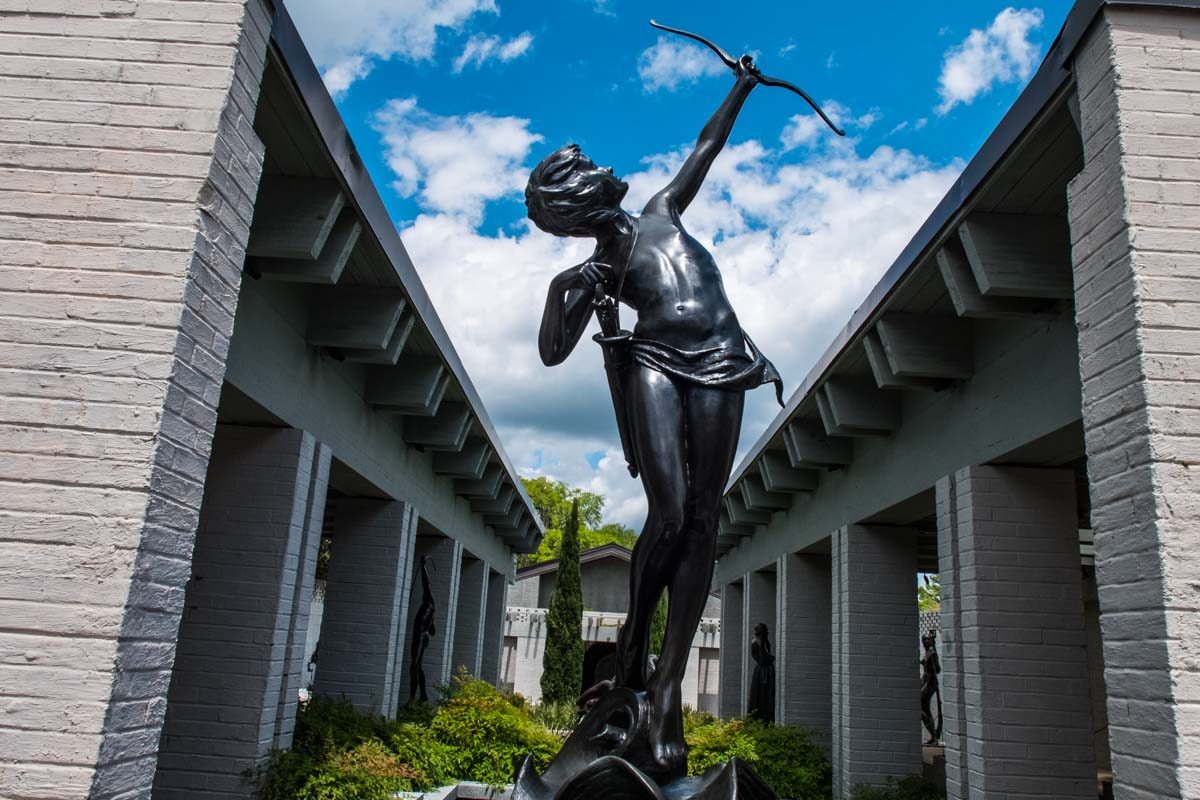
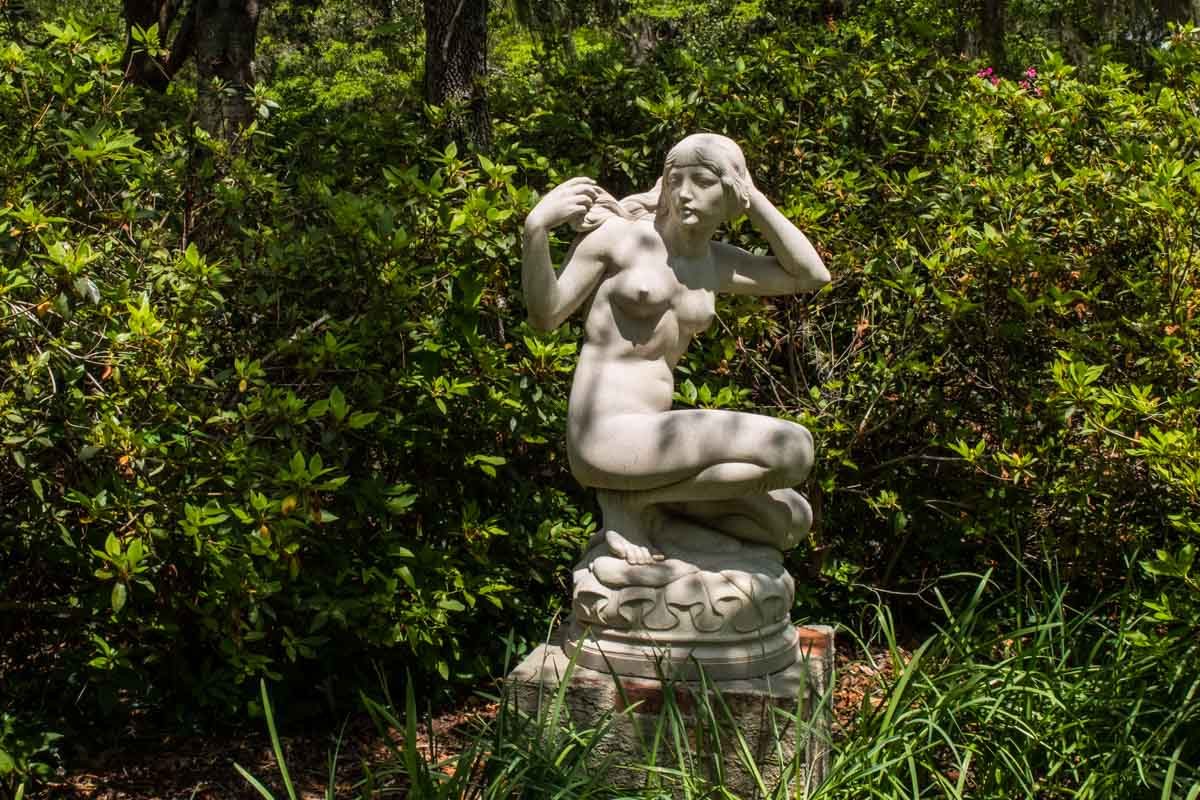
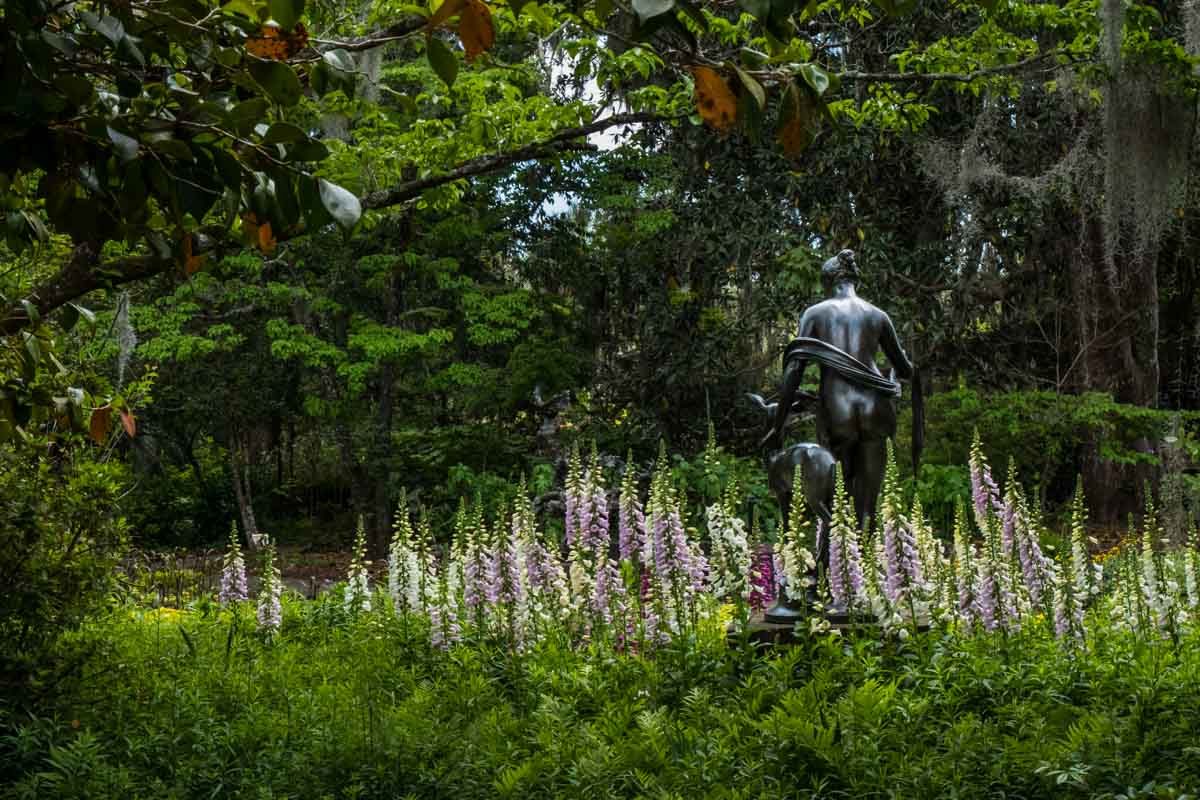
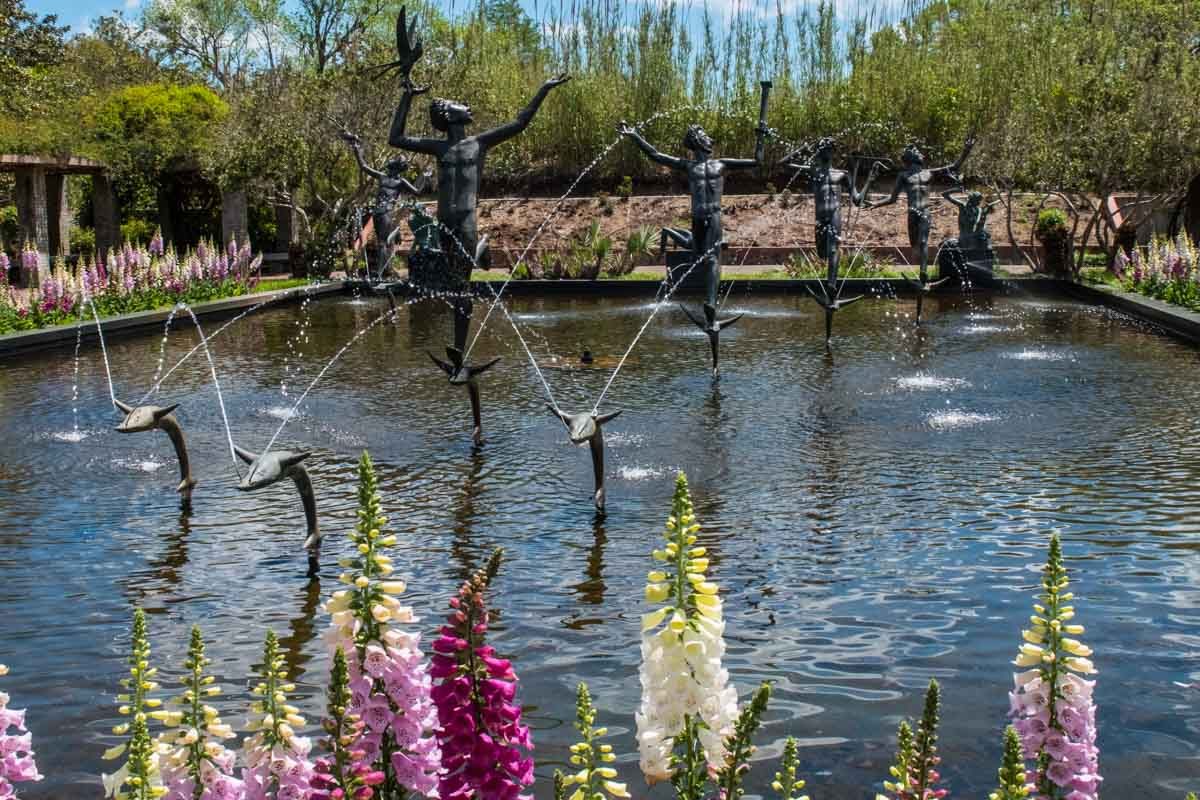
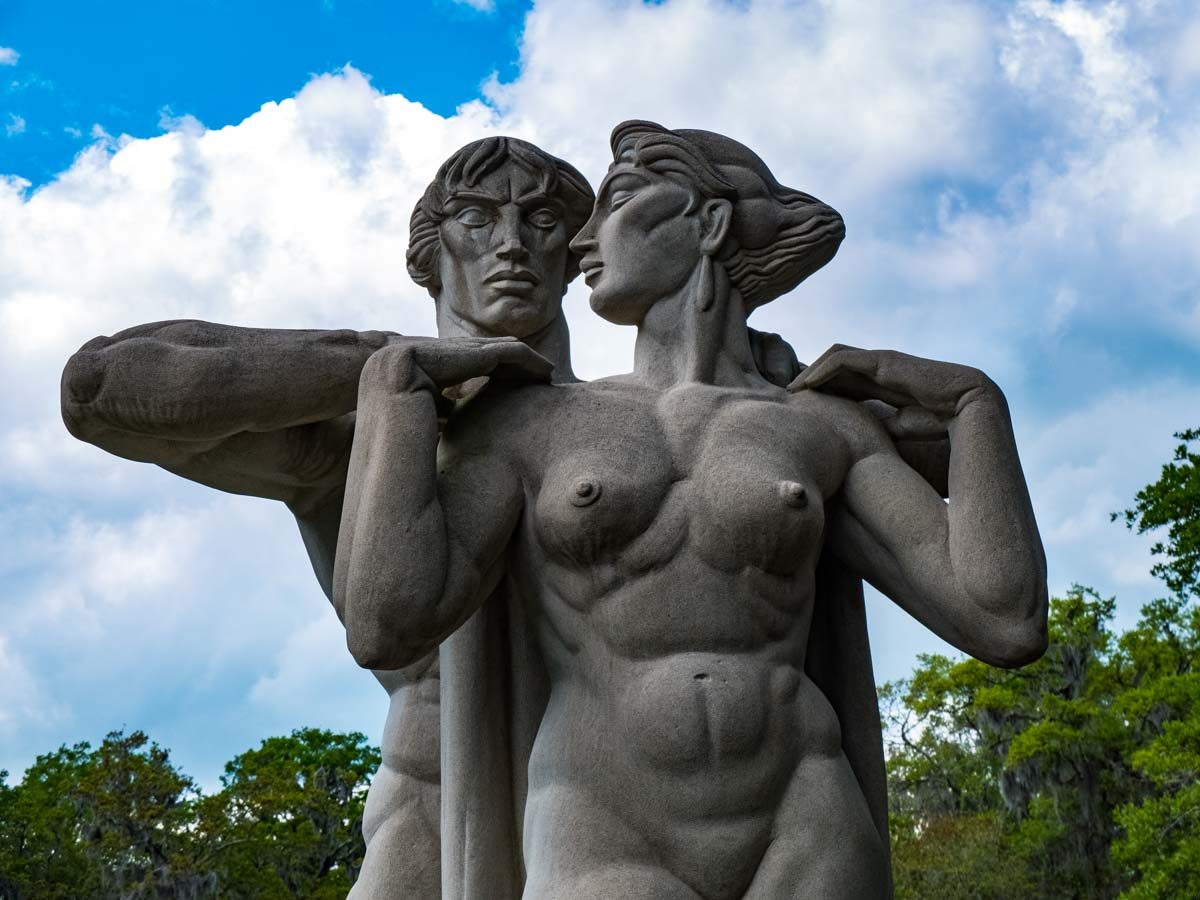
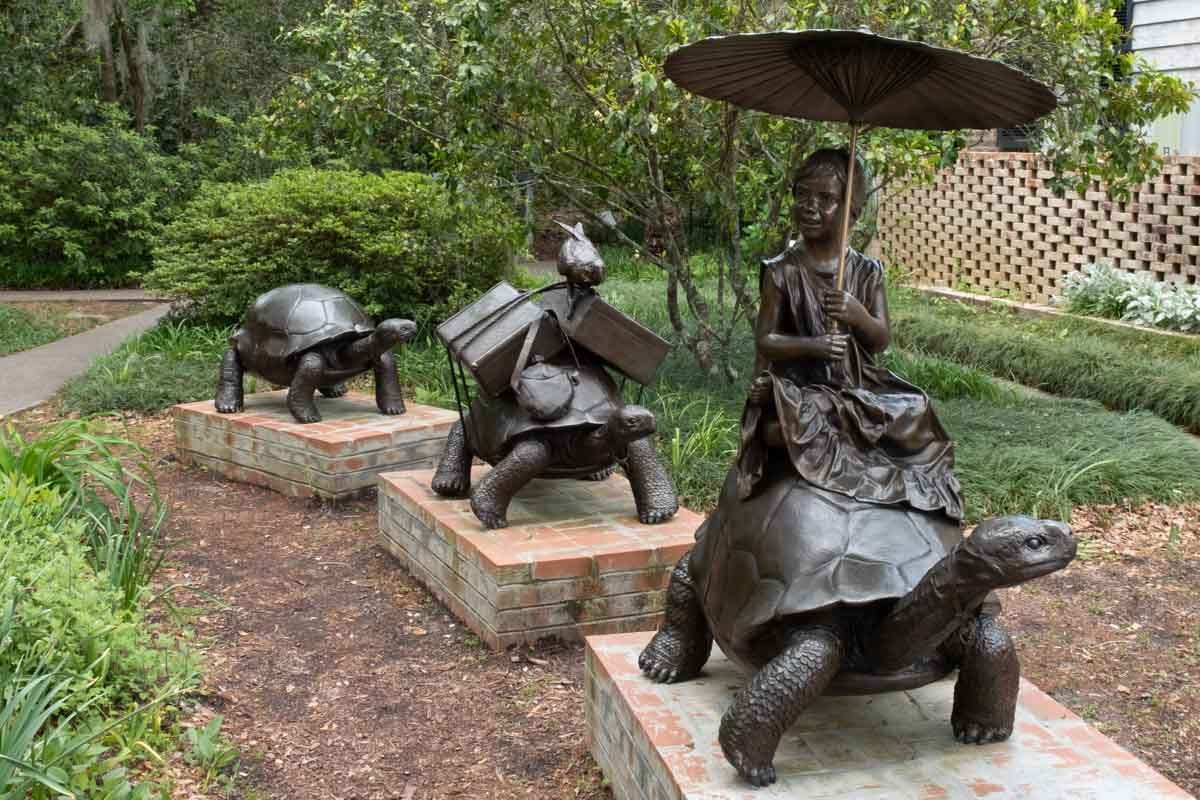
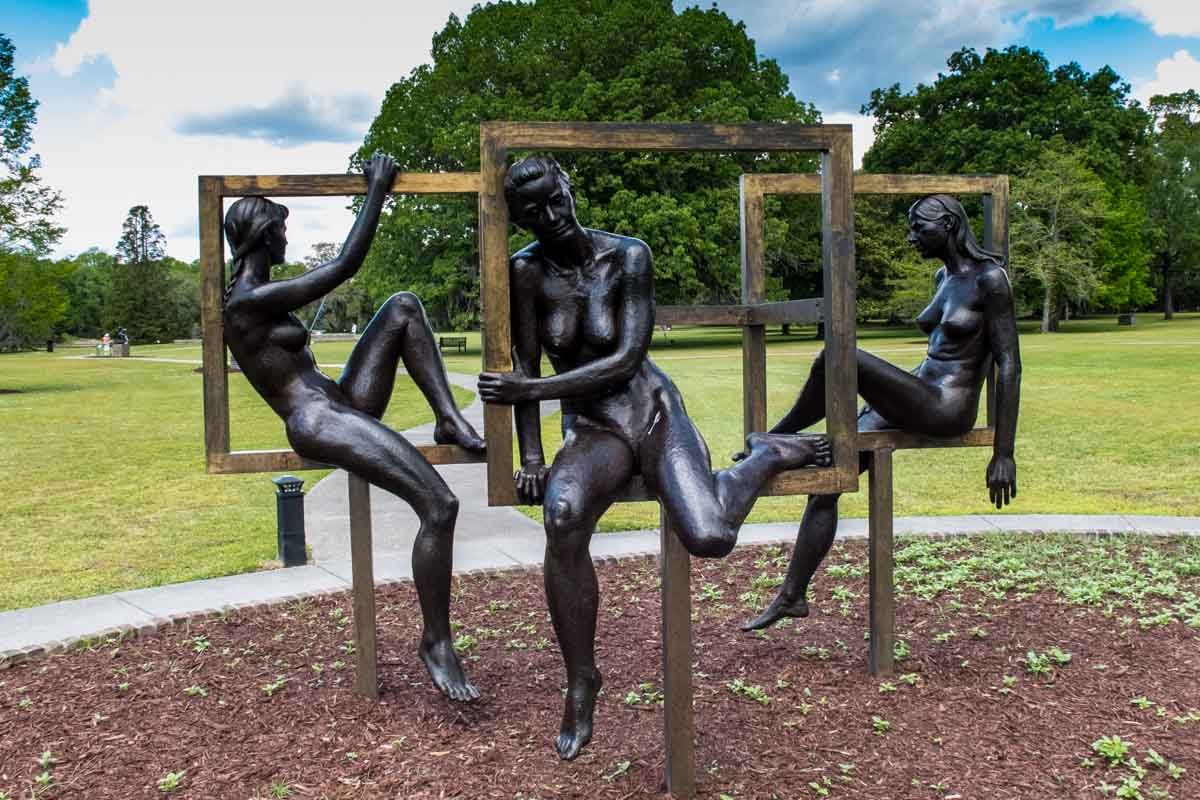
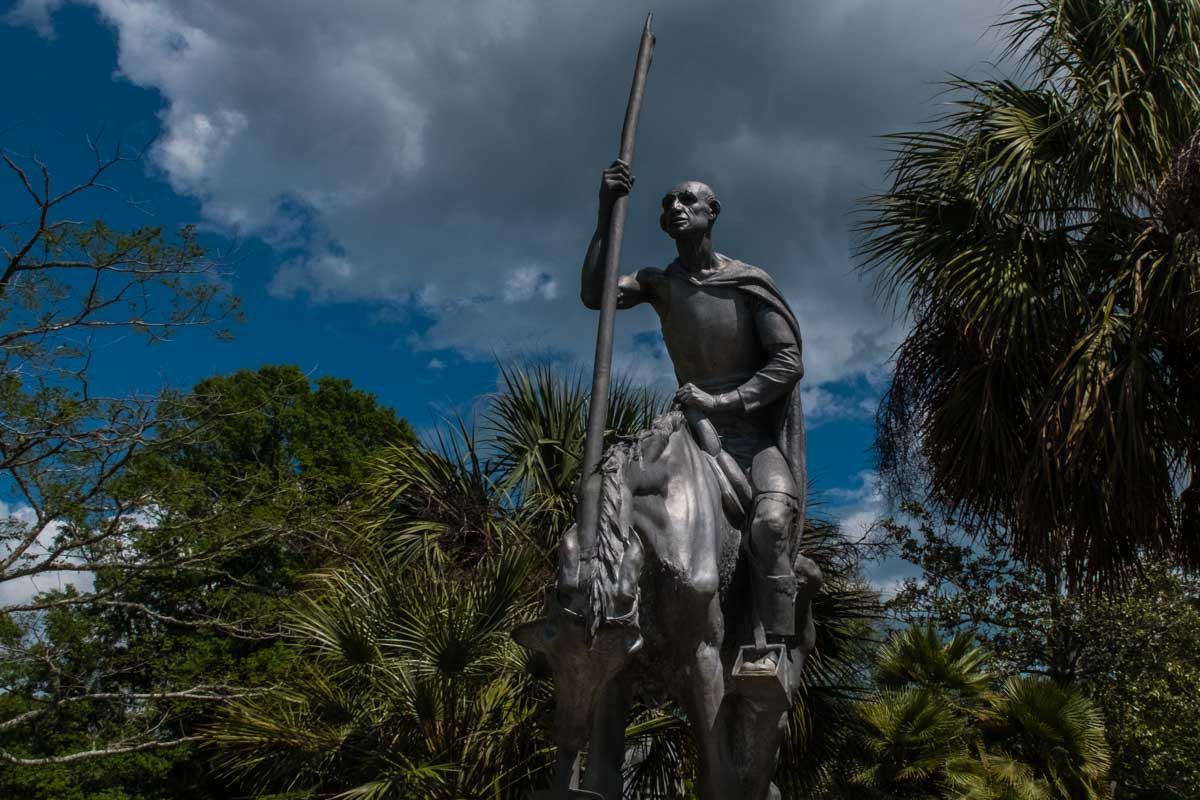
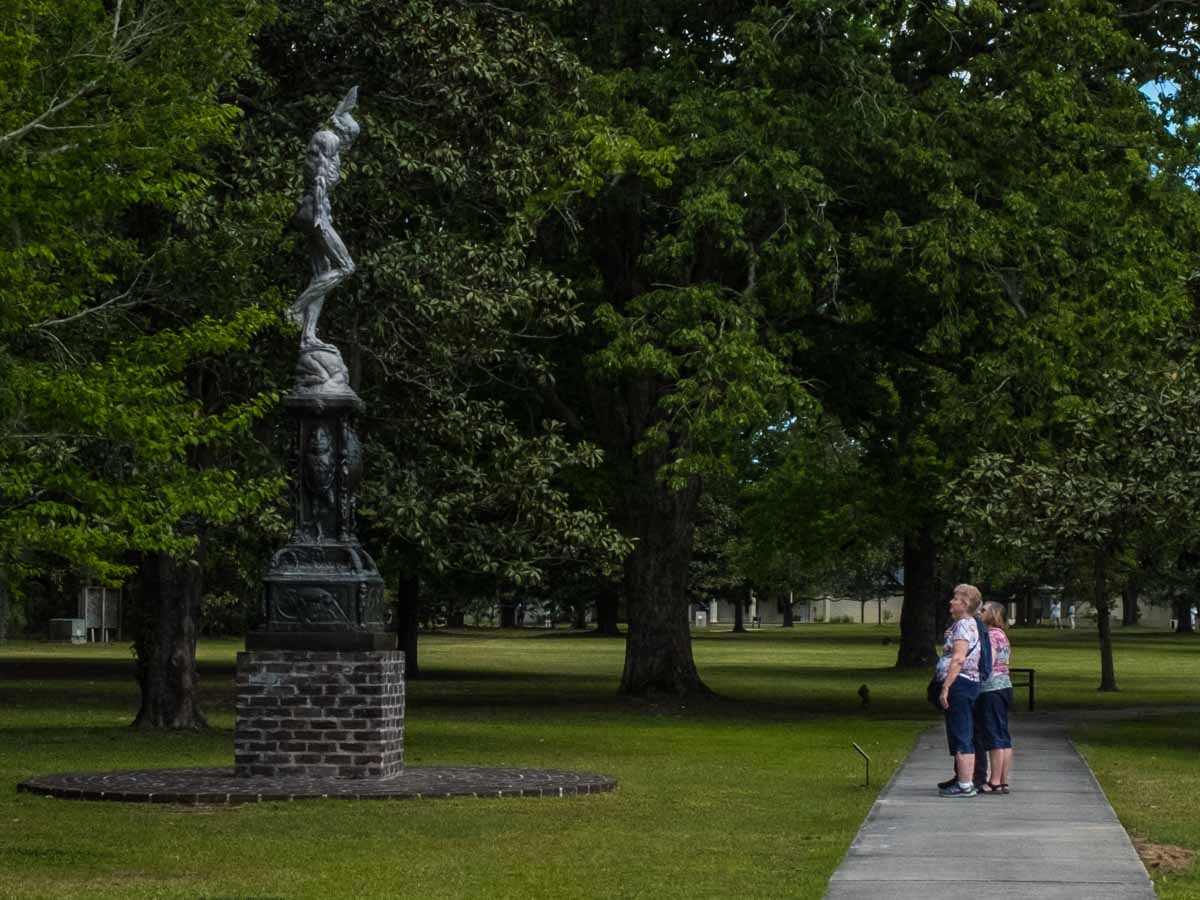
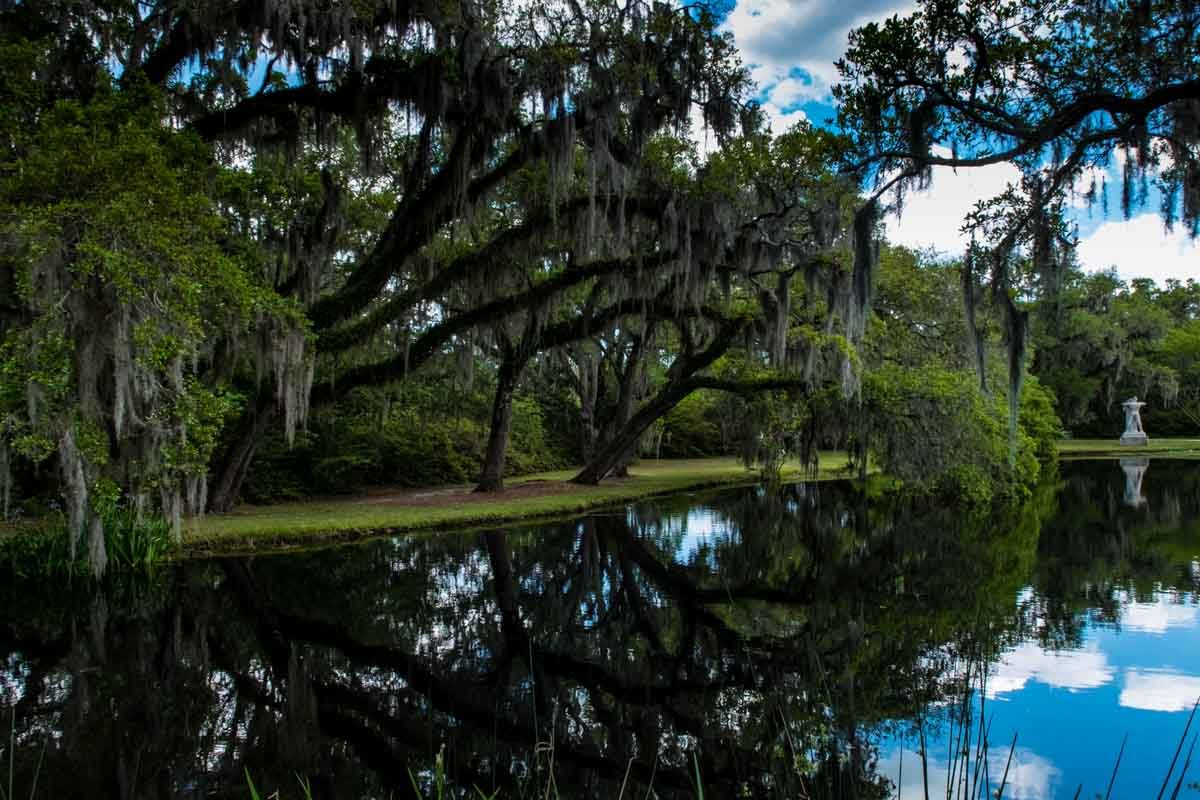
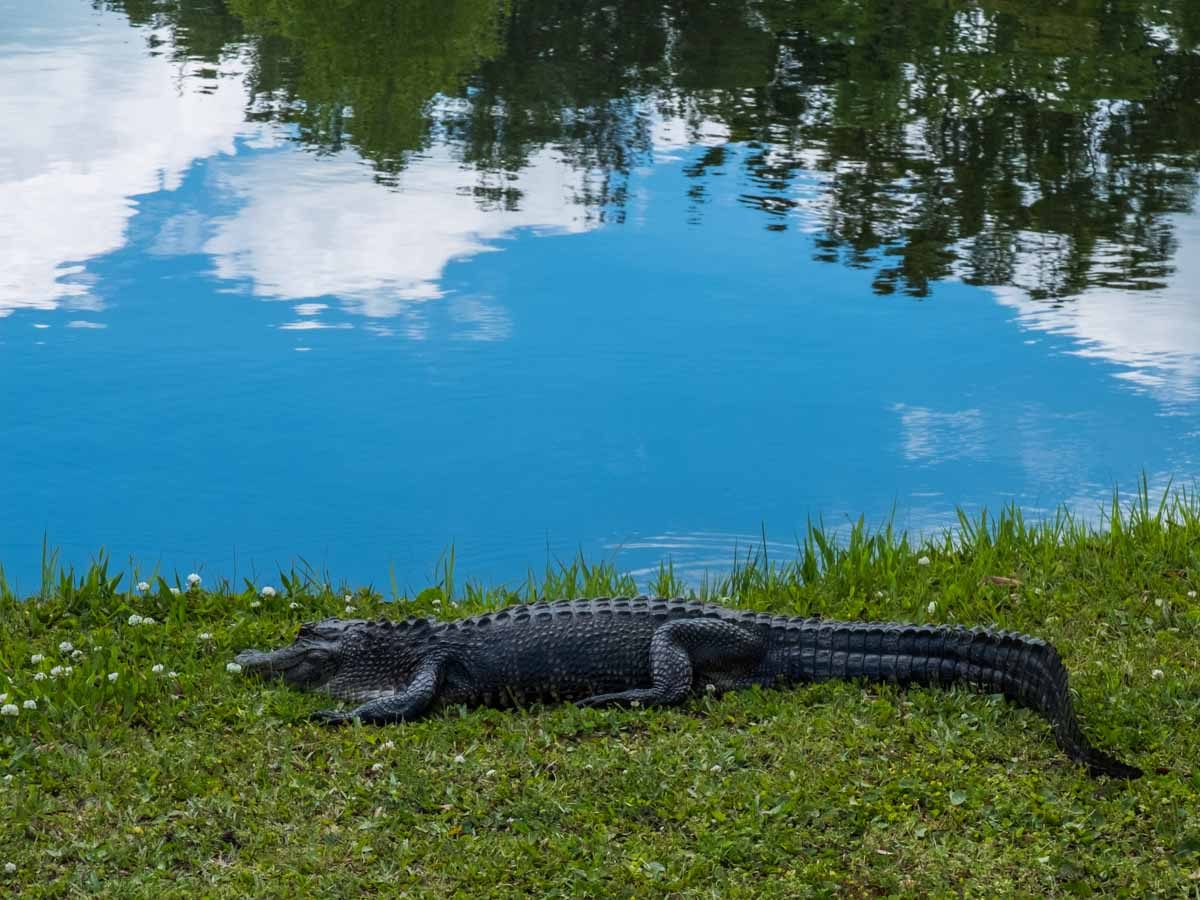
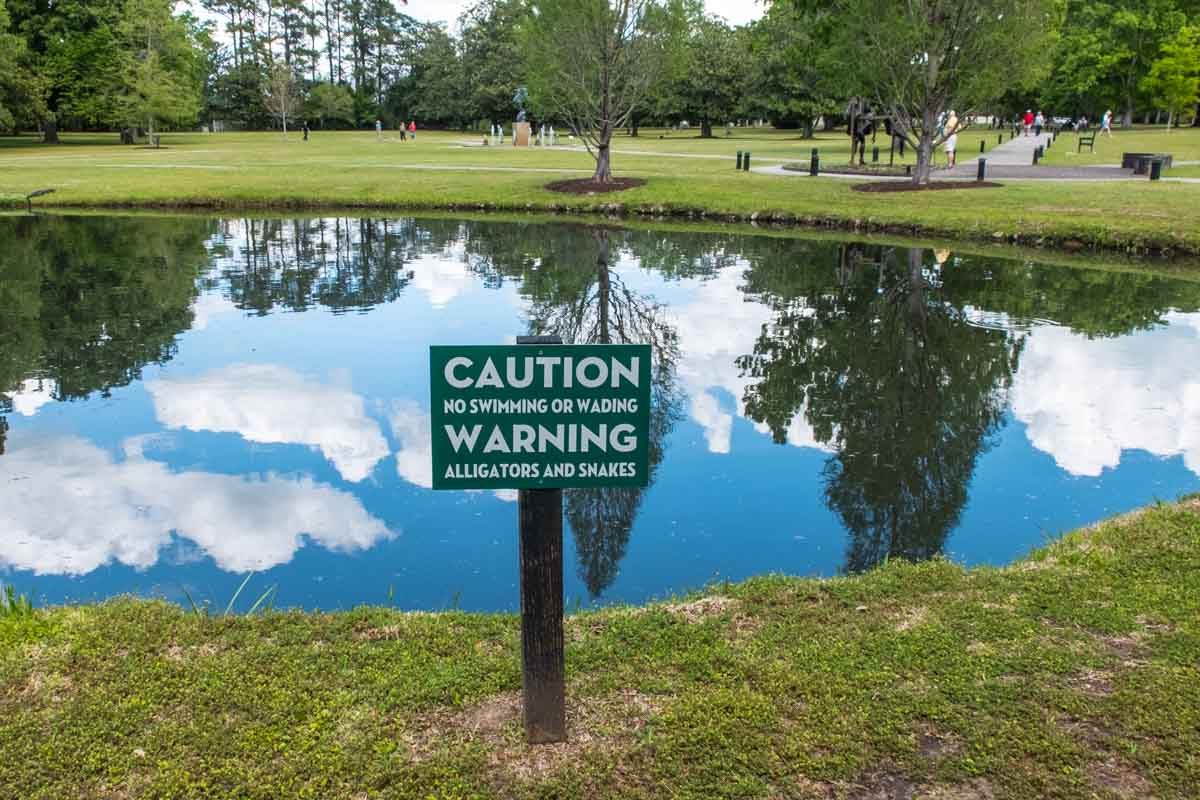
If you're interested in some more photos and info on the Brookgreen sculptures, here's a fairly comprehensive list with pictures.
NOTE: Visit Myrtle Beach hosted our visit to South Carolina. You can read more about our visit, and why you should catch a flight to Myrtle Beach here.
And you'll find some other views of Myrtle Beach here.
Up Your Travel Skills
Looking to book your next trip? Use these resources that are tried and tested by us. First, to get our best travel tips, sign up for our email newsletter. Then, be sure to start your reading with our Resources Page where we highlight all the great travel companies and products that we trust. Travel Accessories: Check out our list of all the accessories we carry to make getting there and being there a lot easier. Credit Cards: See our detailed post on how to choose the right travel rewards credit card for you. Flights: Start finding the very best flight deals by subscribing to Thrifty Traveler. Book your Hotel: Find the best prices on hotels with Booking.com. See all of the gear and books we like in one place on our Amazon shop.Got a comment on this post? Join the conversation on Facebook, Instagram, or Threads and share your thoughts!

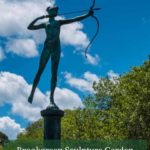
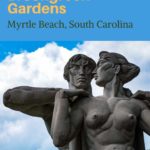
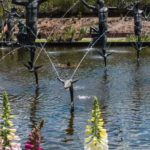
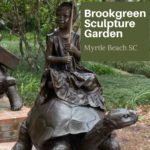
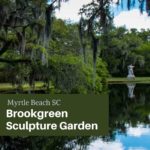
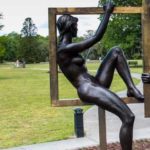
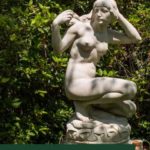
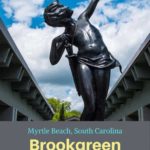

Comments are closed.